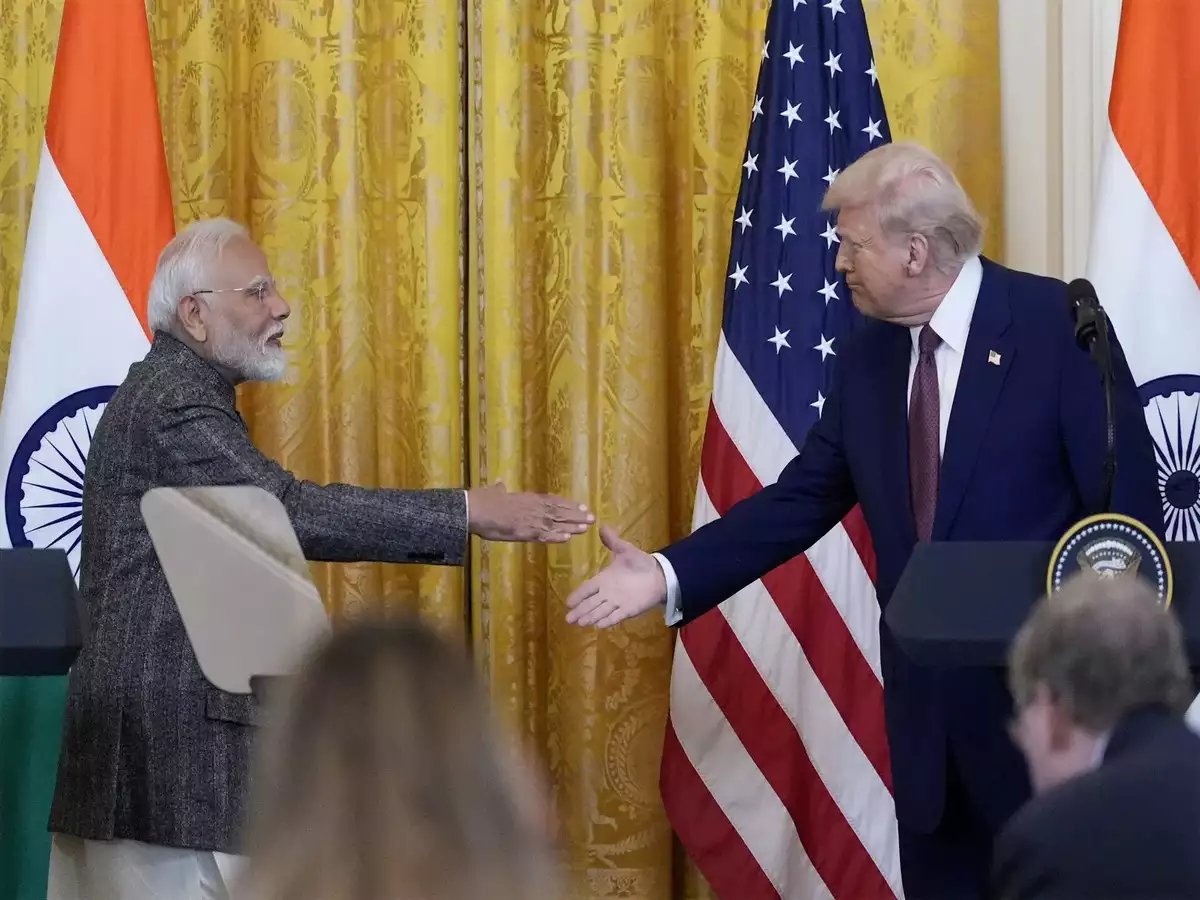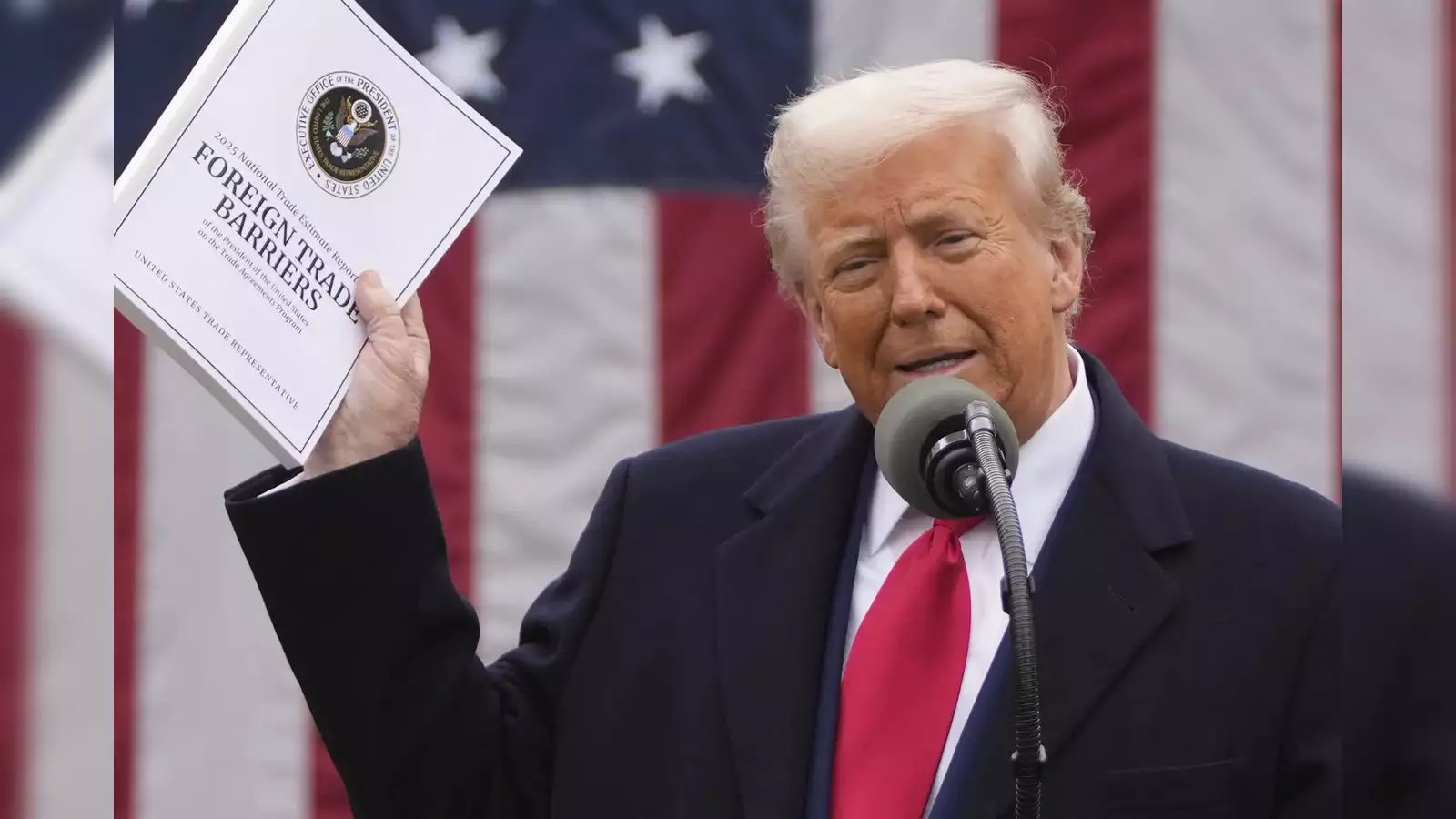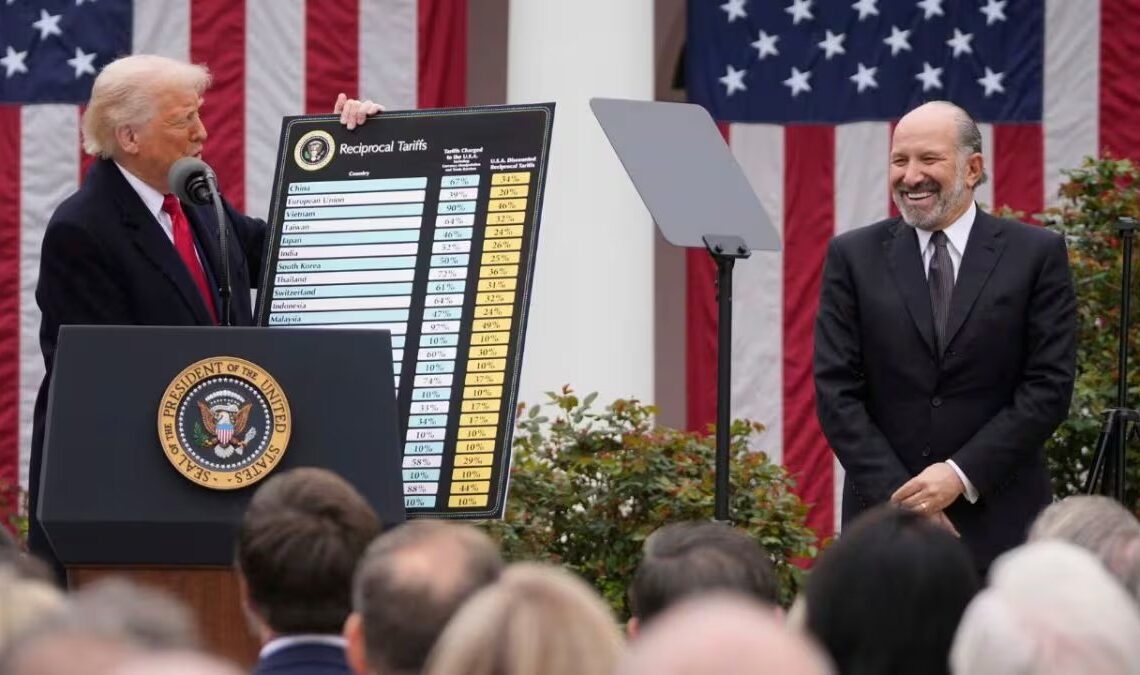In a significant move that could reshape global trade dynamics, the United States has officially imposed a **26% tariff on Indian imports**—a figure that, while substantial, is notably **lower than the tariffs levied on several other Asian nations**. The announcement has drawn attention from economists, policy analysts, and international markets, with many asking the same question: Why is India being treated differently in this sweeping trade crackdown?

The new tariff, part of Washington’s broader effort to address trade imbalances and protect domestic industries, is aimed at key sectors including **textiles, electronics, automotive parts, and pharmaceuticals**. While the U.S. maintains that the decision is based on economic competitiveness and national interest, the lower rate for India—compared to tariffs over 35% on some Chinese and Southeast Asian products—has raised eyebrows across the region.
According to U.S. trade officials, the 26% rate reflects a **“strategic partnership buffer”**—acknowledging India’s growing role as a counterbalance to China in both geopolitical and economic terms. “India is not just a trade partner,” one senior official said, “it’s also a key player in maintaining regional stability and supply chain diversification.” The message is clear: while the U.S. is drawing a hard line on trade enforcement, it’s still leaving room for diplomacy and future cooperation with New Delhi.

India’s response has been cautious but firm. The Ministry of Commerce expressed disappointment in the decision, calling it “unwarranted and counterproductive,” especially at a time when U.S.–India trade ties were on an upward trajectory. However, officials also emphasized that India would not engage in retaliatory tariffs—at least not immediately. Instead, they signaled a push toward **bilateral negotiations** and potential dispute resolution through the World Trade Organization.
The business community has reacted with a mix of concern and cautious optimism. Indian exporters worry about short-term losses in competitive pricing, especially in sectors like textiles and pharmaceuticals where margins are thin. On the other hand, U.S. manufacturers and domestic interest groups have applauded the move, arguing that tariffs are necessary to protect American jobs and level the global playing field. Still, many analysts warn that rising trade barriers could fuel inflation and disrupt global supply chains.

What makes this development particularly interesting is how it contrasts with U.S. tariff policies toward other Asian economies. Vietnam, Malaysia, and even allies like South Korea are facing **higher tariff rates**, despite their ongoing cooperation with Washington on regional security and technology fronts. This disparity suggests a **multi-layered strategy**: the U.S. is not only targeting economic concerns but also **using tariffs as leverage** to shape future alliances, investment flows, and industrial policies in the Indo-Pacific region.
As the dust settles, one thing is certain: this 26% tariff on India marks a **new chapter in U.S. trade policy**, one where geopolitical considerations are deeply intertwined with economic decisions. Whether it strengthens or strains the U.S.–India relationship will depend on how both sides navigate the fallout—and whether they can turn friction into future cooperation.
